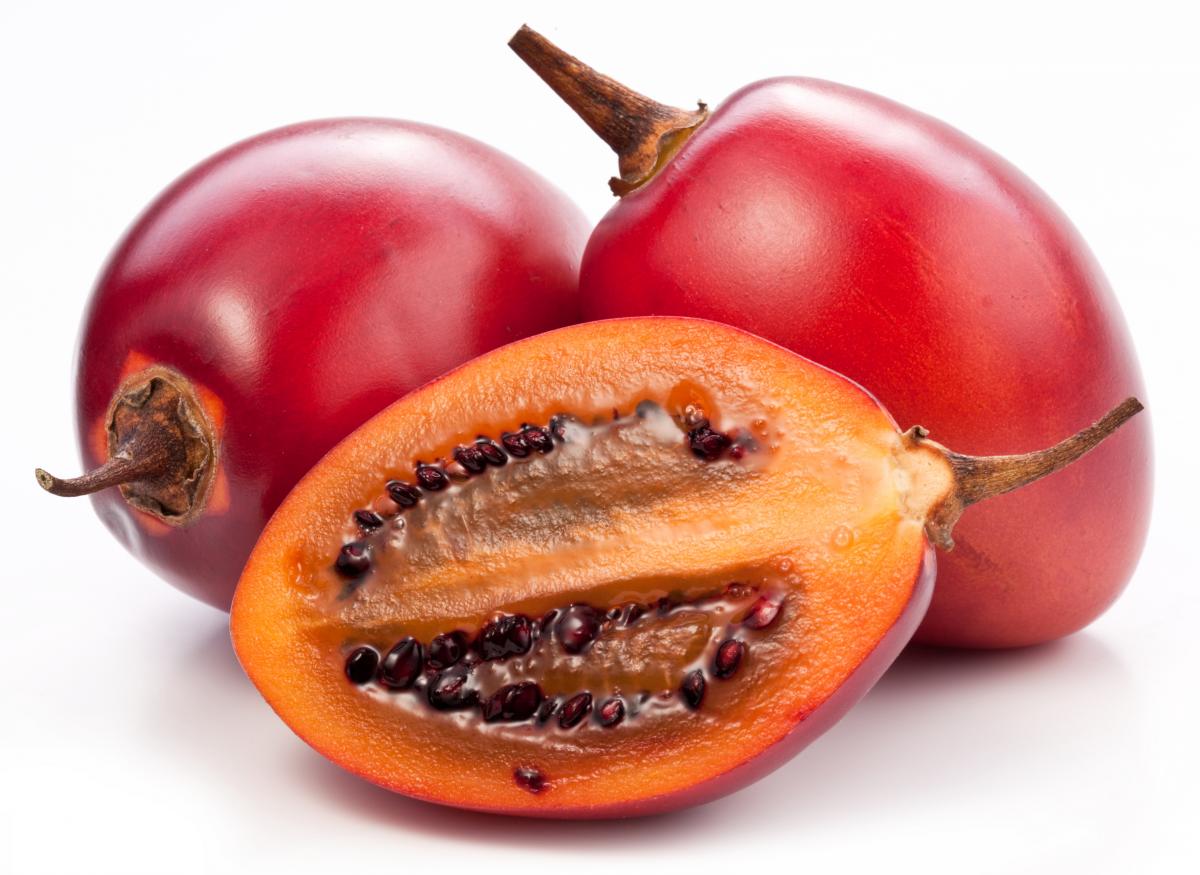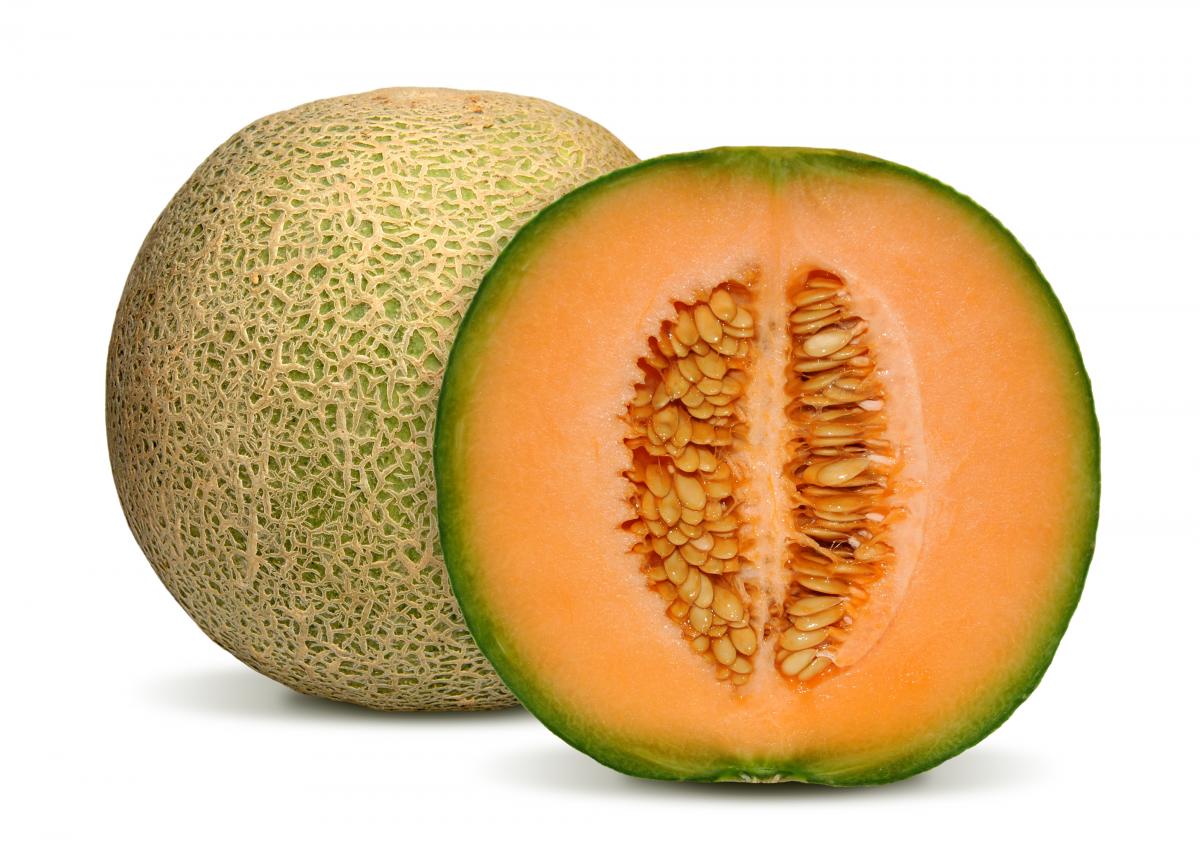Classifying fruit
0
Overview
Using this Resource
Connecting to the Curriculum
Marking Student Responses
Working with Students
Further Resources
Scientists agree on certain ways to classify ...
Some of the ways scientists group fruit is by looking at:
- the number of seeds in the fruit
- the size of the seeds
- whether the fruit is fleshy or dry and
- if the outside of the fruit is soft, hard or leathery.
Task administration:
This task can be completed online with SOME automarking.
Level:
3
Curriculum info:
Key Competencies:
Keywords:
Description of task:
Task: Look for similarities and differences in fruit to answer questions about observation and evidence.
Curriculum Links:
Science capabilities
The capabilities focus is brought about by the conversations students have and the questions they ask.
Capability: Gather & interpret data
This resource provides opportunities to discuss the data/evidence students collect in order to answer a question about classification and/or identification.
Science capability: Gather and interpret data (Tāhūrangi)
Capability: Critique evidence
This resource provides opportunities to discuss whether the data gathered provides evidence for the conclusions drawn.
Science capability: Critique evidence (Tāhūrangi)
Science capabilities:
Answers/responses:
| Questions | Student response |
| a) Choose 2 different fruits that have similar seeds |
 and and 
or
 and and  |
| b) Explain in each box how the fruits you chose are the same. |
 and and 
Explanation:
or
 and and 
Explanation:
|
c) Api chose cherries and dates. He said they were the same because:
i) Are both answers Api gave correct? Yes/No
Explain why you think this.
|
No
Explanation involves both answers not being correct because:
|
|
ii) Has Api left out any other reasons why they are the same? Yes/No
Explain why you think this.
|
Yes
Explanation:
|
Teaching and learning:
This key ideas in this task are about making precise observations and critiquing evidence.
Diagnostic and formative information:
| Questions | Sudent explanations |
| b) Explain in each box how the fruits you chose are the same. |
When gathering data it is important to notice particular relevant, scientific features that are useful in grouping/classification. In this resource many students did not use the relevant science features [fleshy or dry] given in the definition at the beginning of the resource, to describe the area around the seed. Instead they used: their own spatial descriptions, e.g.,
or colour (only), e.g.,
or content knowledge beyond observation, e.g.,
Also, many students confused the term fruit as just the flesh/pulp part of the fruit, e.g.,
|
c) Api chose cherries and dates. He said they were the same because:
i) Are both answers Api gave correct? Yes/No
Explain why you think this.
|
When critiquing evidence it is important for students to look carefully at all the data/evidence given and decide if it supports the statements/conclusions made.
In this resource some students:
did not support/explain their decision, e.g.,
paid attention to just one piece of data/evidence, e.g.,
used observations that were not given in the critique, e.g.,
used prior knowledge beyond observation, e.g.,
|
|
ii) Has Api left out any other reasons why they are the same? Yes/No
Explain why you think this.
|
Most students recognised that it was the seed of both the cherry and date that was the missing factor. However very few students recognised that both the cherry and the date had just one seed.
Instead students talked about:
the shape of the seed, e.g.,
or the seeds in general, e.g.,
Students also used prior knowledge beyond observation, e.g.,
|
Based on a sample of 76 students completing the task on-line.
Next steps:
Capability 1: Gather and interpret data
An important component of this assessment is precise observation. Science knowledge is based on data derived from direct, or indirect, observations of the natural physical world. Precise observations are the data we collect. Paying attention to features is important in science to support how things are grouped/classified. To help students to make accurate and relevant observations give them opportunities to look for similarities and differences in a range of objects. A good strategy is to share observations, so they build on others' ideas. Things they could look for:
- Can they make more than one observation?
- Can they pay attention to precise observation that does not include knowledge beyond observation?
- Do they have sufficient vocabulary to give a rich and accurate description?
- Can they look for relevant/science features?
In question a) the majority of students chose the peach and the plum possibly because these fruits are more common than tamarillos and melons. Another chance for students to practise making observations would be to ask them to
- repeat question b) using the two fruits they did not chose the first time.
Capability 3: Critiquing evidence
In order to evaluate the trustworthiness of data, students need to know quite a lot about the qualities of scientific tests/investigations. To support students to test their understandings about the qualities of scientific explanations give them opportunities to ask each other questions about their investigations/pattern seeking.
- Can they decide if the amount of evidence/data given supports the explanation/conclusion?
- Is the evidence/data of sufficient quality to support the explanation/conclusion?
The following Level 3 ARB resources are on Capability 1:Gathering and Interpreting Data and Capability 3:
Critiquing Evidence of the Nature of Science.
They focus on accurate observations, looking at patterns and/or critiquing evidence.

